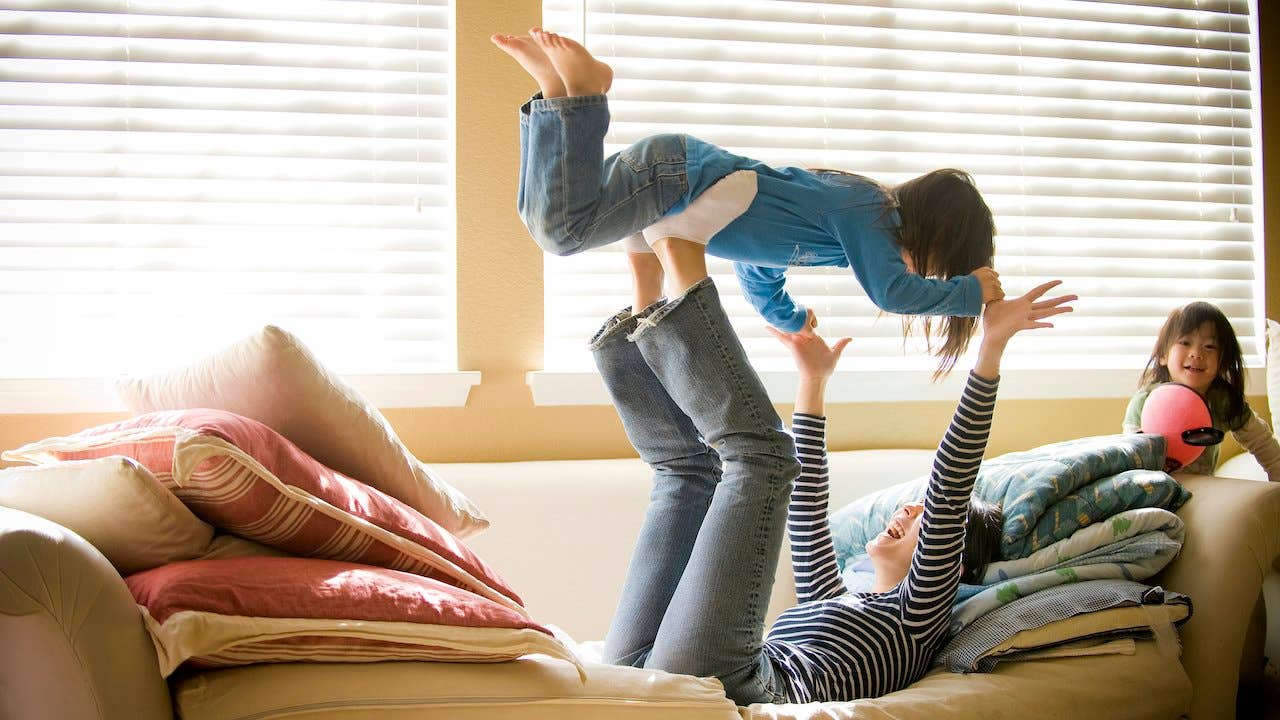What can you take with you and what do you legally have to leave when selling a house?

Key takeaways
- Attached fixtures, like window blinds and kitchen appliances, often stay with a home after it’s sold.
- If you want to take something that’s supposed to stay, make sure it’s noted in the seller agreement.
- Items like extra HVAC filters or replacement light bulbs can usually be left behind for the new homeowner.
When you’re selling your house, there are a variety of decisions that have to be made, including which belongings you’ll take with you when you go. However, sellers don’t exactly get free rein to take whatever they want. What can sellers bring with them to their next home, and what must stay behind for the new owners? What do you legally have to leave when selling a house? We explain below.
What must stay with a house when it’s sold?
Deciding what must stay with your home after it’s sold can be difficult. Some things are obvious — of course your furniture will come with you when you move — but what about the mailbox with your children’s handprints? Or the fancy showerhead in your master bath, or that perfect kitchen light fixture it took you ages to find?
“As a general rule, if it’s attached and will require a tool to remove it, it stays,” says Edina, Minnesota–based Realtor Krista Forsberg of the Forsberg Property Group with Keller Williams.
“It’s fairly common to see sellers who want to keep special window treatments or dining room chandeliers,” Forsberg says. If there’s something you specifically want or need to take with you to your next home, it’s smart to spell it out plainly in the sale contract — or better yet, replace it before you even list your home for sale. “It’s best for all parties to be specific in the purchase agreement about what they would like included or excluded, so there is no confusion when the sale closes.”
How to know if it stays or goes
Here are some general rules of thumb for what needs to stay with a house when you sell it (unless otherwise specified in the contract):
- Anything bolted down: Any item that is permanently installed in the home or physically bolted down should not leave it. Think things like major kitchen appliances, washers and dryers, cabinets, bathroom vanities and built-in bookshelves.
- Light fixtures: It’s OK to bring that fancy chandelier with you — just switch it out for a different one before you start showing the home, or write it specifically into the sale agreement. There needs to be a working fixture in place — you can’t just leave electrical wires hanging out of a hole in the ceiling.
- Window treatments: Blinds, shutters, shades, Levolors: All window treatments need to stay. Even curtain rods shouldn’t be removed. The curtains themselves are generally OK to take, if they just slide off the rod, but it’s best to ask your Realtor first to make sure.
- Landscaping: The rules apply to a home’s exterior, as well — your apple tree, raised garden bed and tulip bulbs all must stay behind unless otherwise stated. (The strangest thing Forsberg has seen a seller exclude from a sale? Grandma’s peonies from the garden.)
- Outdoor fixtures anchored into the ground: Your gazebo, backyard swing set and basketball hoop may be the site of many family memories, but you can’t take them with you when you sell your home.
What if you want something that’s supposed to stay?
If you want to take something that’s supposed to stay in the home, like a much-loved chandelier, make sure it’s specified in the seller agreement. If you take something that’s not specifically written into the contract, what happens next depends largely on your buyers: “It can be a surprise for buyers when they complete their final walk-through and an item that was expected to be there isn’t,” says Forsberg.
In this situation, hopefully the item can be returned or an agreement can be reached for the seller to compensate the buyer for the missing item. But taking something you were supposed to leave might delay your closing or, worst-case scenario, even lead to a lawsuit. Don’t risk one of the biggest financial transactions of your life for the sake of an item that’s easily replaced.
Often, buyers can be forgiving about items that hold sentimental value, but it’s best not to depend on that. When in doubt, ask your real estate agent — it can save you major headaches later on.






